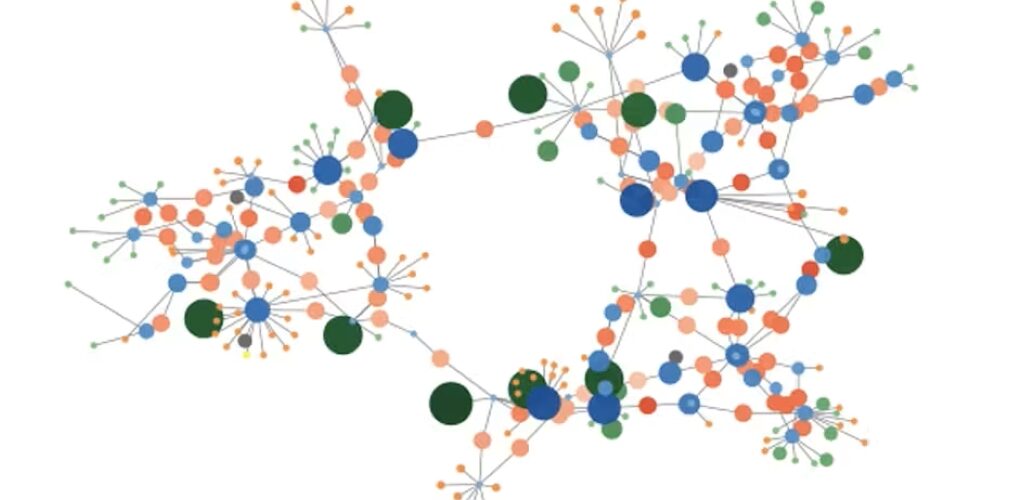NREL’s National Transmission Planning Study: Advancing U.S. Grid Modernization
New software is implemented to calculate the power flow sensitivity matrix helping describe line flow changes when load or generation changes.

The National Renewable Energy Laboratory (NREL) in the U.S. is spearheading an ambitious project to create a detailed nodal representation of the U.S. transmission system.
The Challenge
The NTP Study involves modelling the U.S. transmission system with 95,000 buses and 130,000 transmission lines. The existing software tools were insufficient to handle the scale and complexity required for this comprehensive analysis, which needs to model every node and hour of the year and integrate with other modelling frameworks.
The Solution
To address these challenges, the NTP Study team approached NREL’s Modelling, Simulation, and Optimization Capability (MSOC) team. The MSOC team, part of NREL’s Energy Systems Integration Facility, collaborated with the Grid Planning and Analysis Center (GPAC) and other NREL researchers to develop advanced software solutions.
Technological Innovations
The team focused on improving the efficiency of calculating power flow sensitivity matrices, which describe how line flows change with variations in load or generation. Led by GPAC researcher Jose Daniel Lara and postdoctoral researcher Alessandro Castelli, the team implemented new software that calculates these matrices up to 20 times faster while using five times less memory. This innovation is integrated into the PowerNetworkMatrices software package, part of NREL’s Sienna modeling ecosystem.
Benefits and Impact
1. Enhanced Efficiency: The new software reduces computational bottlenecks, allowing for more detailed and accurate simulations without the need for simplification.
2. Resource Optimization: The improved process uses significantly less memory, making it feasible to handle large-scale instances.
3. Informed Planning: The NTP Study’s findings will provide valuable insights into transmission options that benefit electricity customers and inform national transmission planning processes.
4. Support for Decarbonization: By identifying strategies to accelerate decarbonization while maintaining system reliability, the study supports the broader goal of reducing greenhouse gas emissions.
Future Prospects
The MSOC team plans to continue collaborating on the NTP Study to further enhance computational processes and project workflows. The study’s key findings, expected to be released by the end of 2024, will play a crucial role in shaping the future of the U.S. transmission system.
Conclusion
NREL’s collaboration with the NTP Study team exemplifies the power of advanced computational science in addressing complex challenges in power system planning. By developing more efficient modeling tools, NREL is helping to pave the way for a more reliable, efficient, and sustainable power grid in the United States.
Source: T&D World
#computational efficiency#decarbonization#energy infrastructure#energy systems#grid modernization#grid planning#grid reliability#MSOC#National Transmission Planning Study#NREL#optimization#power flow#power network#power systems#renewable energy#sensitivity matrix#Sienna modeling#transmission planning#transmission system#United States




